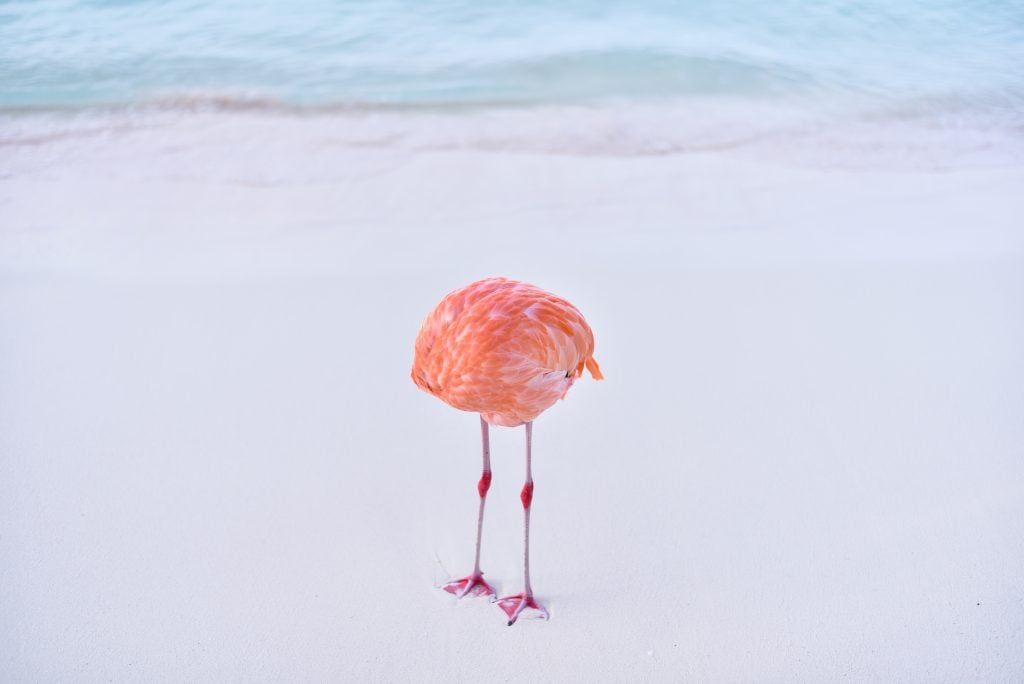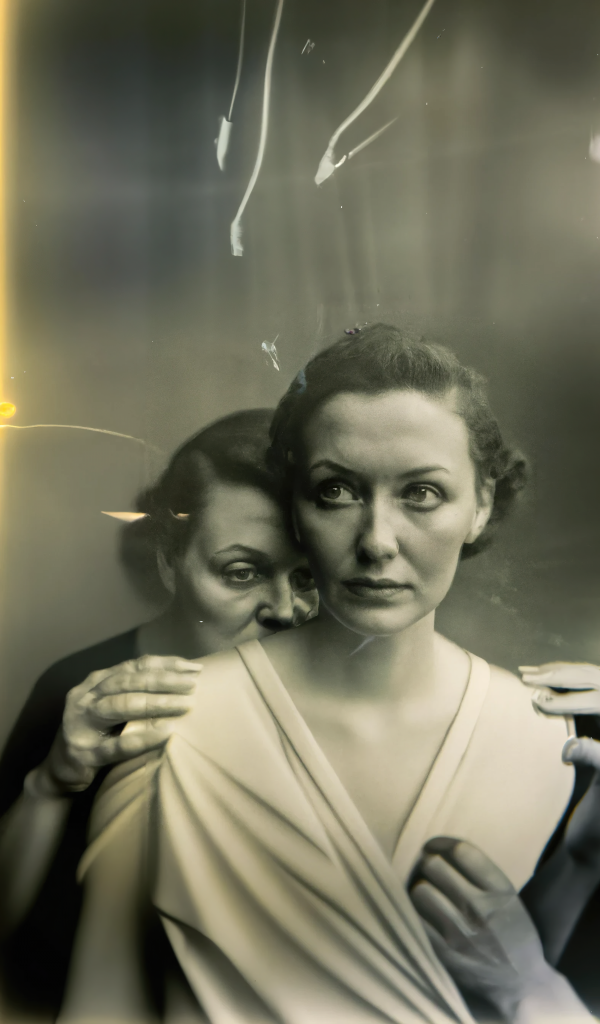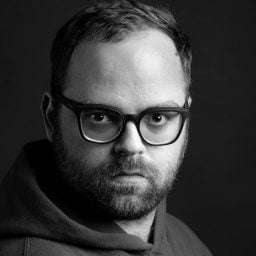Art & Tech
A Photographer Wins a Top Prize in an A.I. Competition for His Non-A.I. Image
Miles Astray was disqualified after his image was revealed as the real thing.

A real photograph that was entered into the category of a photo contest for images generated by artificial intelligence won a jury award, but was disqualified after the photographer revealed the image was real.
Miles Astray, the 38-year-old photographer who had entered the photo, snuck the image of a seemingly headless flamingo standing in a liminal beachscape into the 1839 Awards competition. The new contest was judged by members from The New York Times, Getty Images, Phaidon Press, the Centre Pompidou in Paris, Christie’s, and Maddox Gallery.
Astray was awarded the bronze in the A.I. category, as well as the People’s Choice Award, for his image, titled FLAMINGONE. His win, and subsequent disqualification, appear to be among the first high-profile instances in which a photographer has challenged fears of the effects of A.I. on creatives and come out on top.
In a statement explaining why he entered a non-A.I. image into the A.I. category, Astray explained: “After seeing recent instances of A.I.-generated imagery outshining actual photos in competitions, it occurred to me that I could twist this story inside down and upside out the way only a human could and would, by submitting a real photo into an A.I. competition.”
Last year, photographer Boris Eldagsen won the top prize at a photo contest with an A.I.-generated image, while Suzi Dougherty, an Australian photographer, was disqualified from a photo contest after her submission was mistakenly deemed A.I.-generated.

Boris Eldagsen, The Electrician (2022). Photo courtesy Boris Eldagsen.
Lily Fierman, the director and co-founder of Creative Resource Collective which manages the 1839 Awards, said she appreciated the “powerful message” and called it an “important, relevant, and timely statement.” Still, she stood by Astray’s disqualification.
“After much internal debate, we decided to disqualify his entry into the A.I. category in consideration of the other artists who submitted their work,” Fierman said. “Our contest categories are specifically defined to ensure fairness and clarity for all participants. Each category has distinct criteria that entrants’ images must meet.”
Astray called his disqualification “completely justified and right” in his statement. Fierman added that there are “no hard feelings on either end.” In fact, the contest organizers will now be working with Astray to write an editorial for its magazine on the topic. Astray called Fierman’s response the “big surprise” of the whole experiment.
“Her words and take on the matter made my day more than any of the press articles that were published since,” Astray said. “I couldn’t have been more excited to learn that we are on the same page.”
When questioned about what had made Astray’s real image rise above a field of A.I. generated works, Fierman said it wasn’t that the work stood out as a real image.
“It may say less about deception and more about what we, as viewers, naturally gravitate towards,” she said. “Or, it could speak to how this image was chosen because of how eerily similar it could have been to reality if, as was the case at the time, it was being judged as A.I.”
For his part, Astray said in an email that he thinks his work “might have been a little less generic and a bit more unexpected.” His statement added that “winning over both the jury and the public with this picture, was not just a win for me but for many creatives out there.”





